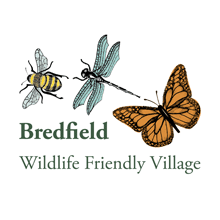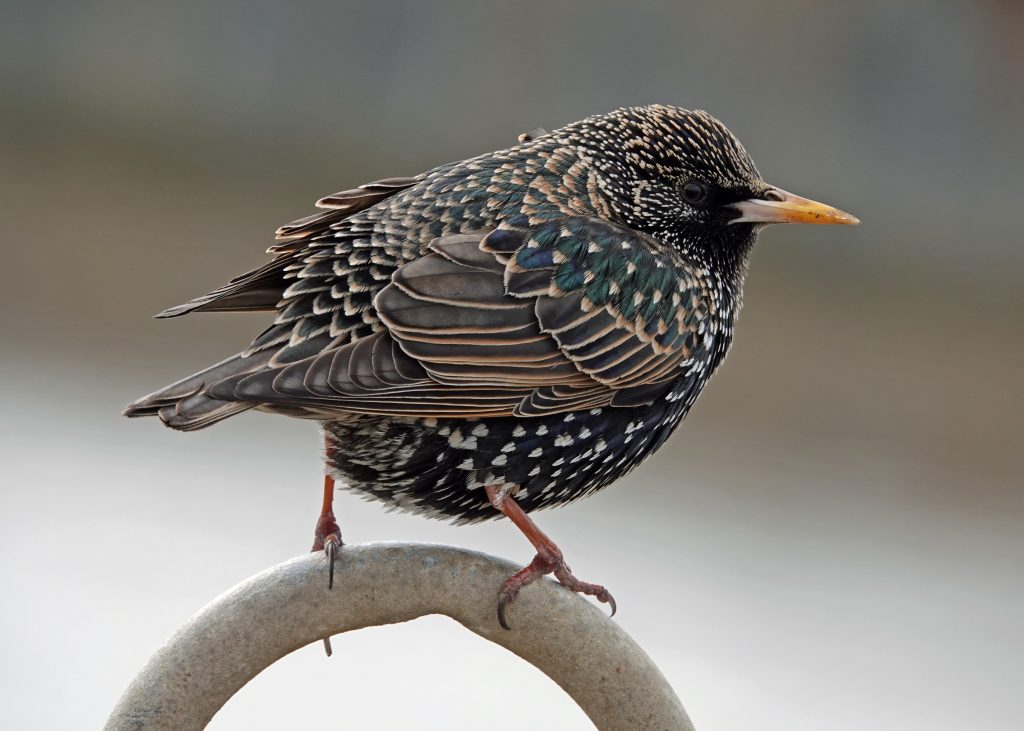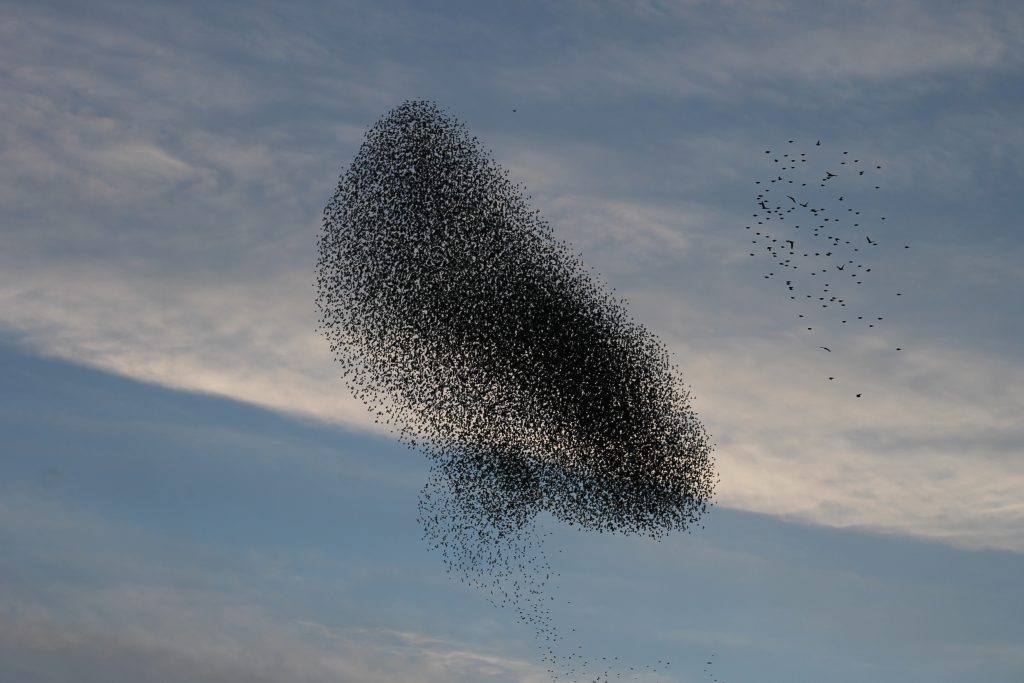The Starling is a familiar bird, full of character. Prior to 2000, the Starling was always amongst the top birds listed in the annual RSPB Big Garden Birdwatch. Since that date, it has slipped down the list each successive year. On agricultural land, the Starling has declined even more and it is now a red-listed, globally threatened species. In Bredfield, the Starling is not a common species, though a small colony appears to thrive around the area of The Pump.
In winter, numbers of Starlings are swollen by visitors from northern and eastern countries in Europe. It is then that they can gather in huge flocks and, come dusk, put on their spectacular murmuration display. We don’t fully understand why or how these murmurations take place. The display is just a prelude to the finale, which is all the birds going to roost together. Hence, it is likely that ‘safety in numbers’ is a significant factor in explaining why they occur. When the cloud of Starlings swirl in an aerial ballet, it is tempting to think of some collective thought at work. However, it is probably caused by one bird moving slightly differently, which then affects its neighbours, and is then successively amplified through the flock. You are unlikely to see a murmuration over Bredfield, but you may not have to travel far to see one. Minsmere often hosts a Starling murmuration.
At first glance, the Starling may appear to be a rather dull bird, but take a closer look and you’ll see a glossy iridescent plumage covered in bright flecks and spots. Mary Oliver, in her poem ‘Starlings in Winter’, describes them as: “Chunky and noisy, but with stars in their black feathers”.
Starlings walk around with a confident stride and wouldn’t deign to ‘hop’. Though a clever and enterprising bird, it hasn’t quite mastered the hanging bird feeder yet. However, it isn’t a fussy eater and will come to other food sources in your garden. They are very vocal birds, uttering a repertoire of click, chirps and trills. They are also excellent mimics, with those living around farms sometimes learning to mimic the sound of Barn Swallows and some city birds mimicking car alarms. They are closely related to Mynas, which are renowned mimics.
In Britain we talk of ‘The Starling’ – Sturnus vulgaris – but this is only one species amongst a large family of starlings found in Asia and Africa. Many of these are highly colourful birds. Rarely, a Rose-coloured Starling (sometimes known as ‘Rosy Pastor’) makes a vagrant appearance in Britain, though not in Bredfield yet.
It’s time, I think, to fully appreciate the Starling.



